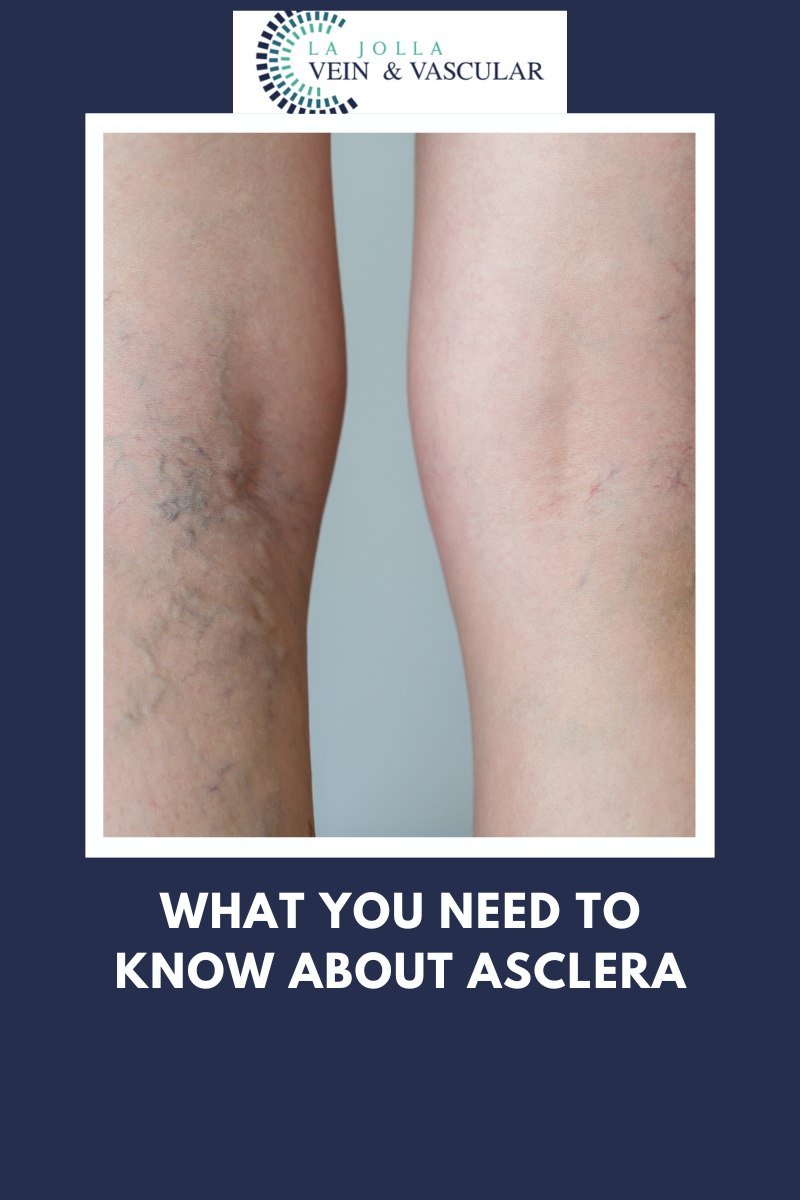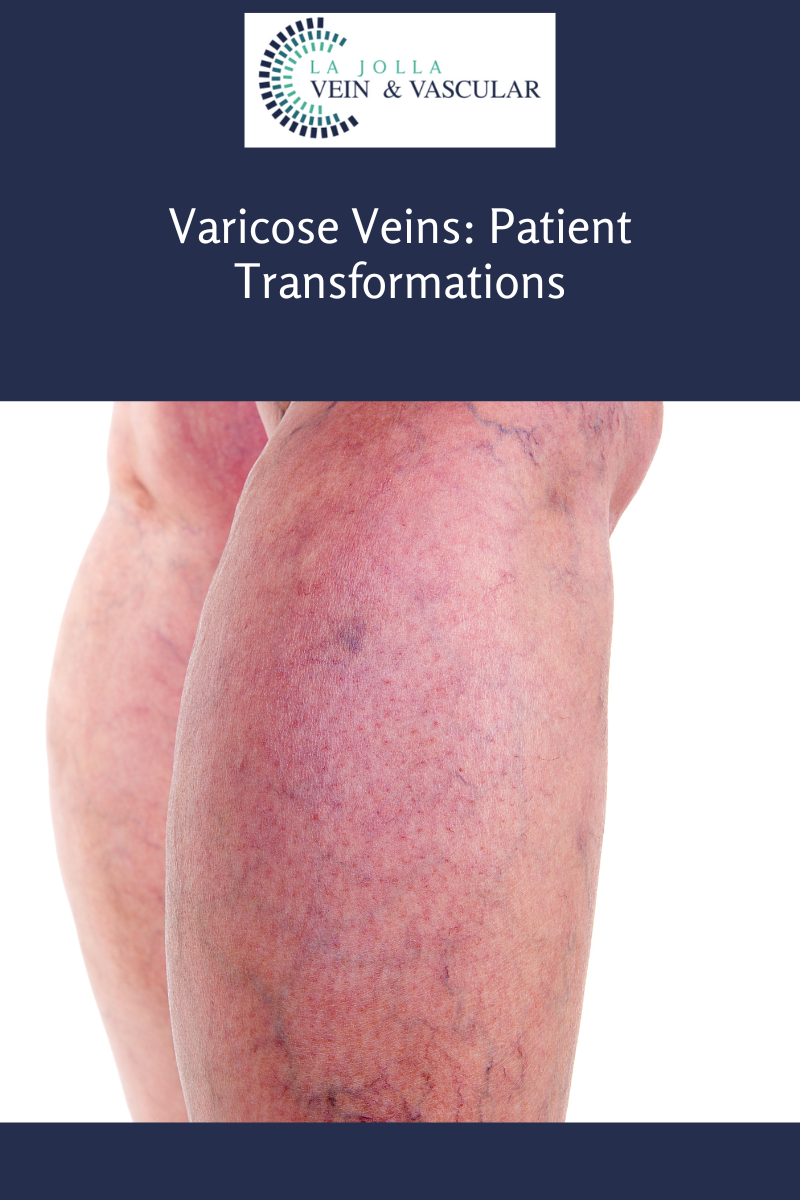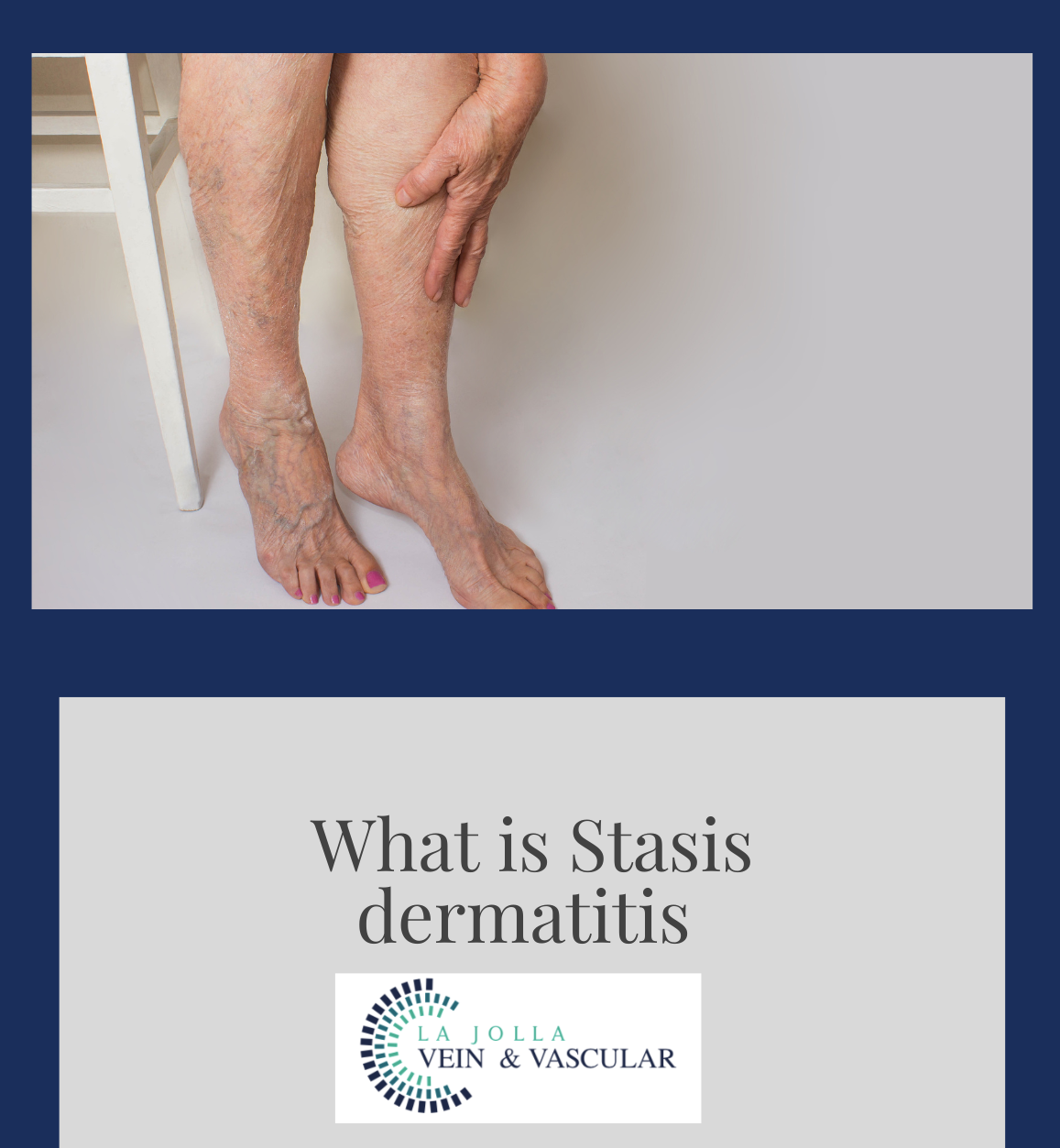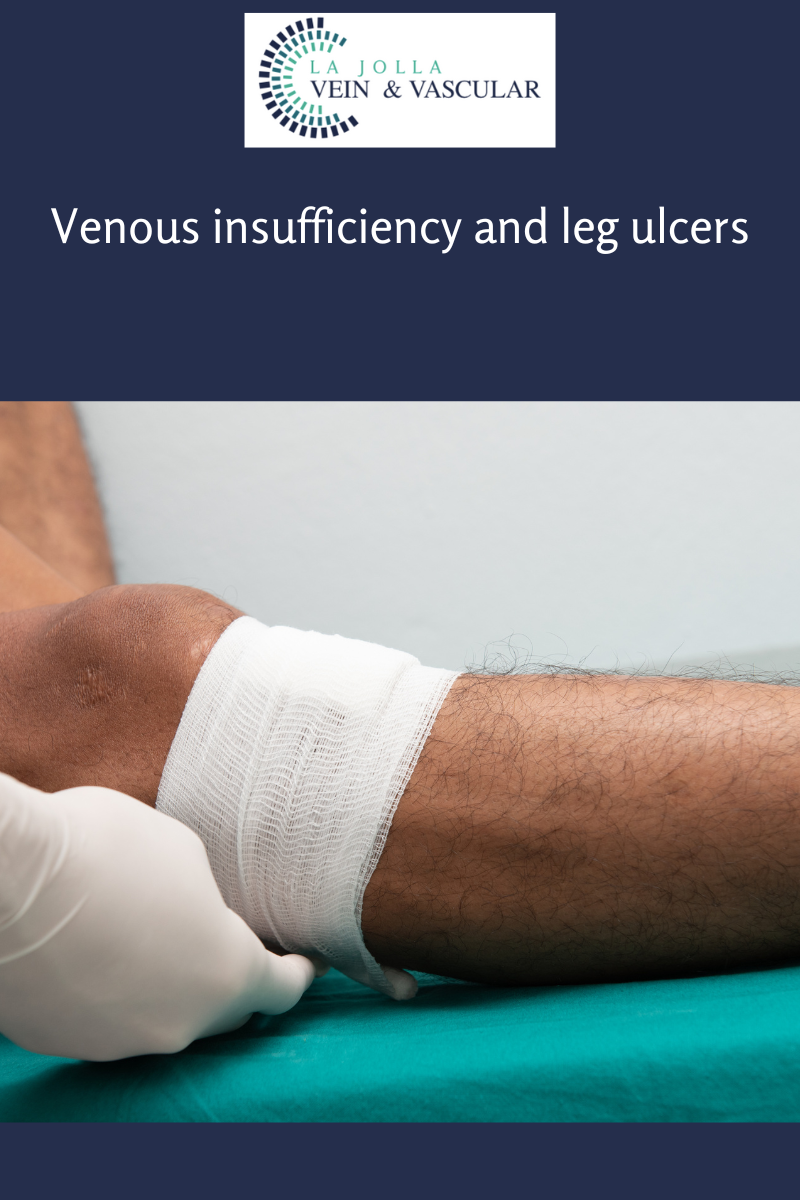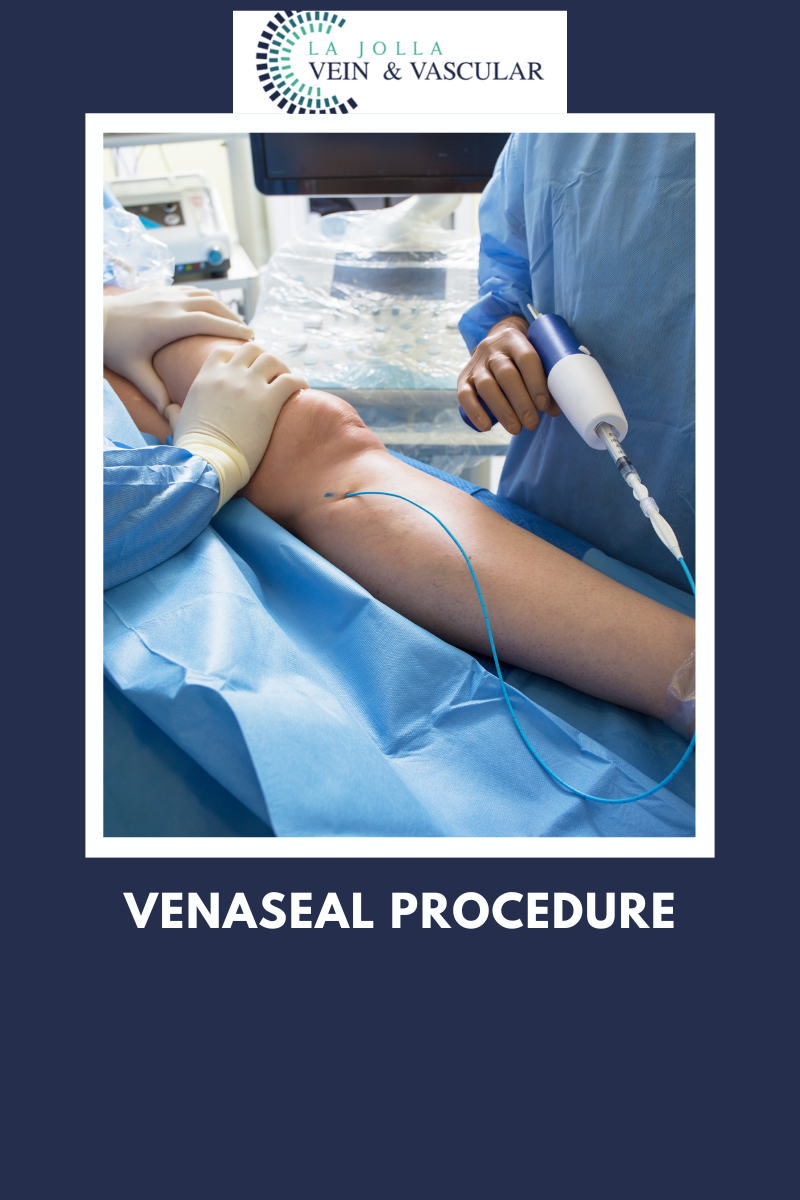7, 11, 2022
EVLA for varicose veins
LJVascular2022-10-24T10:29:30-07:00Endovenous Laser Ablation for Saphenous Vein Reflux (EVLA)
Endovenous laser vein ablation, also known as endovenous laser therapy (EVLA), is a type of treatment for saphenous vein reflux, the underlying cause of most varicose veins. At La Jolla Vein Care, we offer ALL treatment modalities for varicose veins, not […]
Are there any adverse effects of vein treatment?
LJVascular2022-10-24T10:25:00-07:00What are the adverse effects of Vein treatment?
Patients generally do very well with vein treatments, all of which have a low risk of complications. Some post treatment effects can include:
Aching over the treated veins is normal after treatment. This responds well to walking, ice packs, and anti-inflammatory medications such as ibuprofen […]
All you need to know about varicose veins
LJVascular2022-10-24T10:16:46-07:00Varicose veins are swollen, blue, bulging, twisted, superficial (those closest to the skin) veins of the leg. High pressure inside the superficial veins of the leg causes varicose veins, but genetics are thought to play a large, contributing role. As many as 40 million Americans have them. Left untreated, varicose veins may become […]
Aftercare information for foam sclerotherapy
LJVascular2022-10-24T10:12:59-07:00After care for foam sclerotherapy
After Treatment Care
You will be instructed on how long to wear compression stockings after foam sclerotherapy treatment, depending on the size of the veins that are treated. Most patients wear thigh-high compression stockings continuously for 1-3 days, then another 7 days.
For the first […]
31, 10, 2022
What you need to know about Asclera
LJVascular2022-09-19T20:24:13-07:00What is polidocanol (Asclera)?
A variety of sclerosant medications can be used for veins, but at La Jolla Vein Care, we prefer polidocanol (brand name Asclera), because it is the most comfortable for the patient and has the lowest risk of side effects. It is a detergent-type medication that injures the inner lining of […]
Varicose Veins: Patient Transformations
LJVascular2022-09-19T20:19:29-07:00Varicose Veins: Patient Transformations
What are varicose veins?
Varicose veins are the twisted, bulging veins just beneath the surface of the skin. They are swollen, twisted veins that you can see just under the surface of the skin. These veins usually occur in the legs, but they also can form in other parts of the […]
What is Stasis dermatitis
LJVascular2022-09-19T20:15:12-07:00Stasis dermatitis or venous stasis dermatitis is a change in the skin that occur when blood collects (pools) in the veins of the lower leg. ‘Stasis’ refers to pooling of the blood in the lower legs from venous insufficiency, and ‘dermatitis’ refers to the inflammation and related skin changes. Because of the inflammation, […]
Venous insufficiency and leg ulcers
LJVascular2022-09-19T19:22:14-07:00Chronic venous insufficiency and leg ulcers
What is chronic venous insufficiency?
Chronic venous insufficiency (CVI) is an inflammatory condition caused by long standing, untreated venous reflux disease. Commonly, venous reflux disease causes a collection of symptoms such as leg swelling, heaviness, fatigue and varicose veins. But, over time, when blood is no longer circulating properly […]
What is VenaSeal?
LJVascular2022-09-19T19:15:25-07:00What is VenaSeal?
The U.S. Food and Drug Administration (FDA) approved the VenaSeal Closure System to permanently treat varicose veins by sealing the affected superficial veins using an adhesive agent.
The VenaSeal Closure System is a unique, minimally invasive treatment that uses a safe-for-the-body medical glue to quickly and effectively treat varicose veins […]






